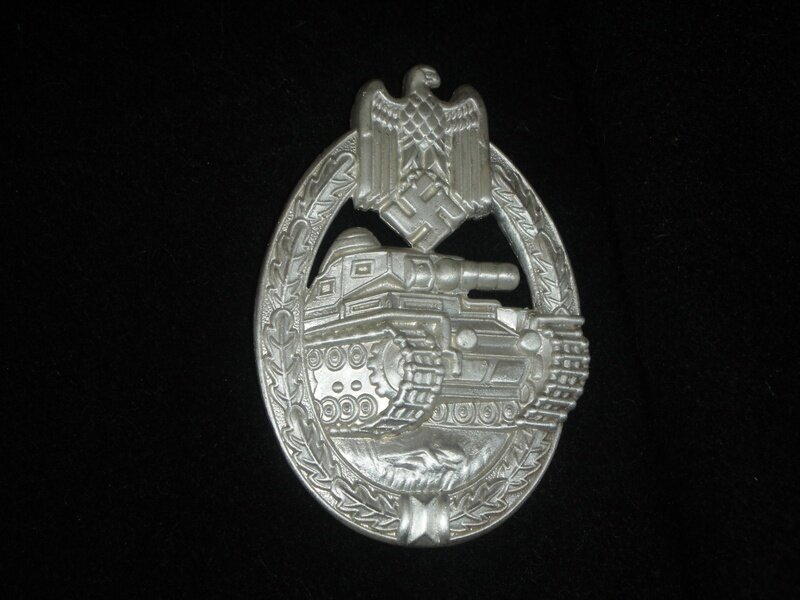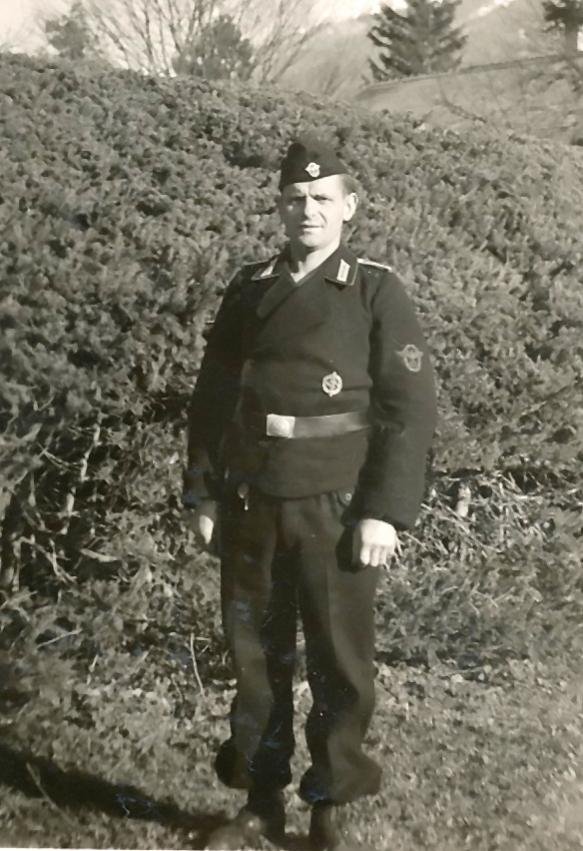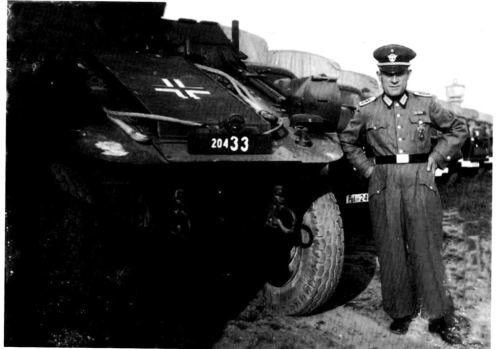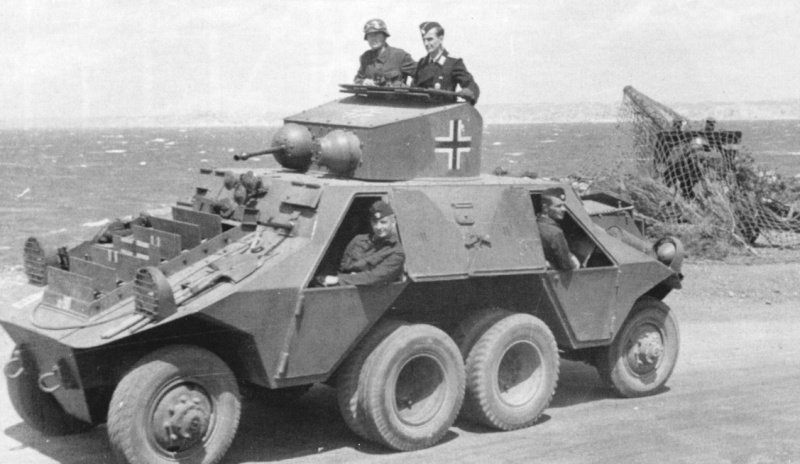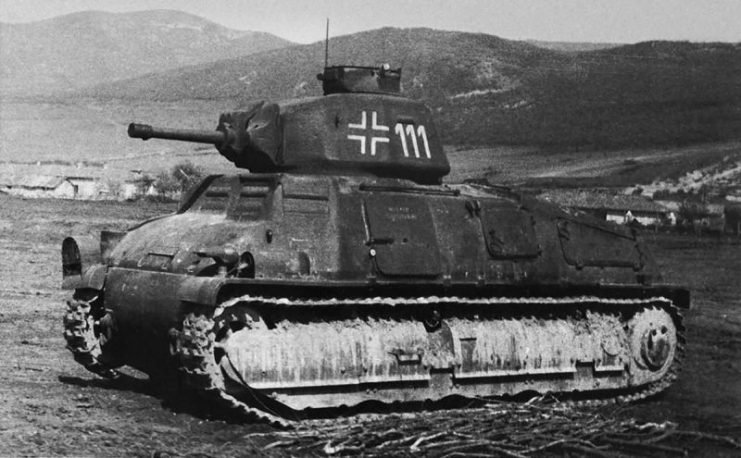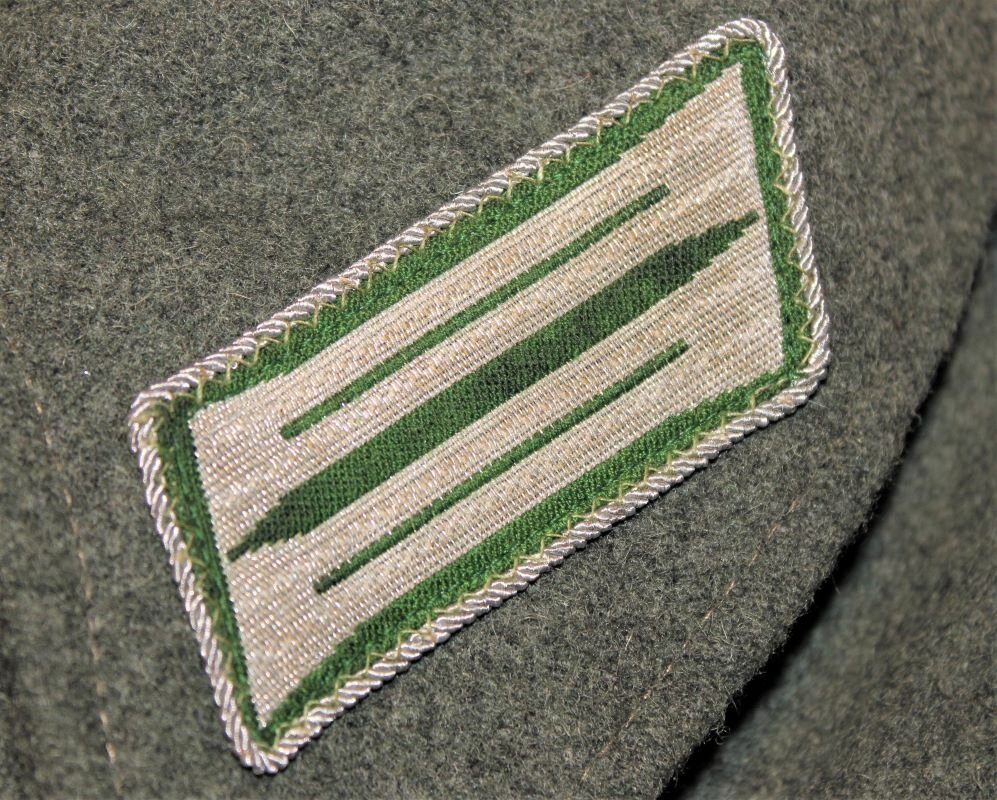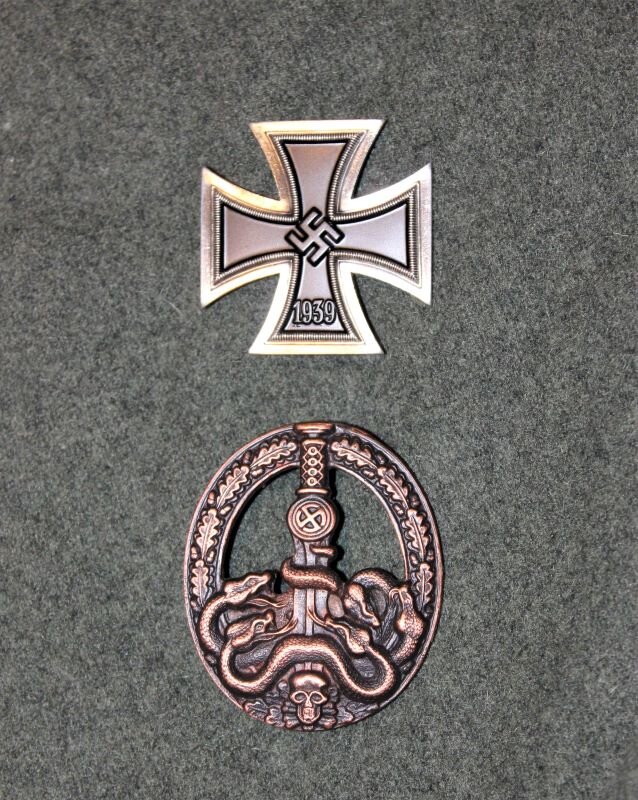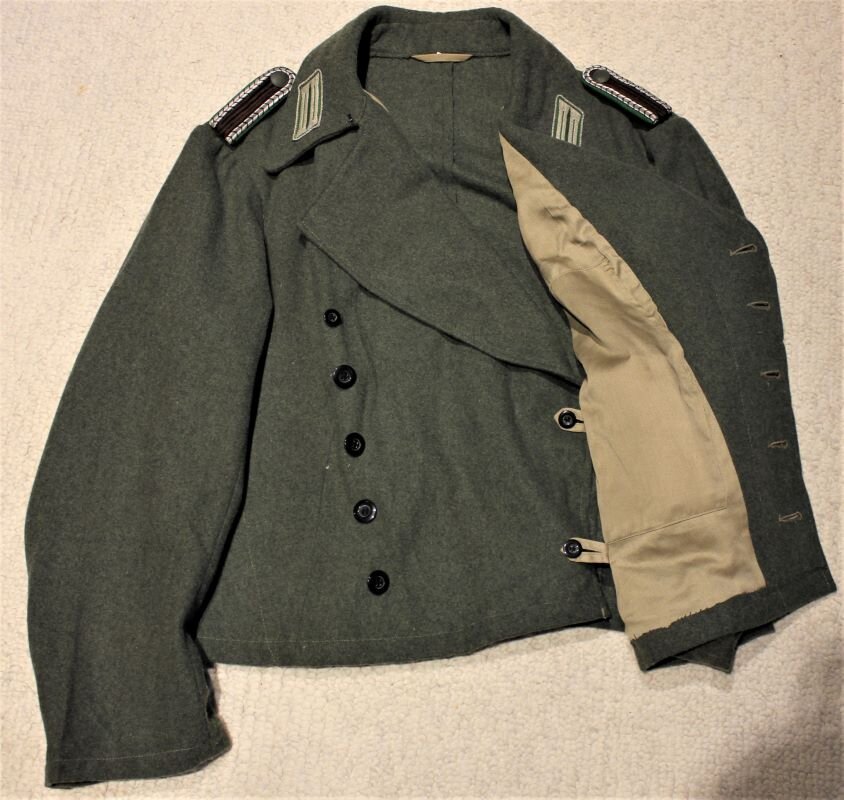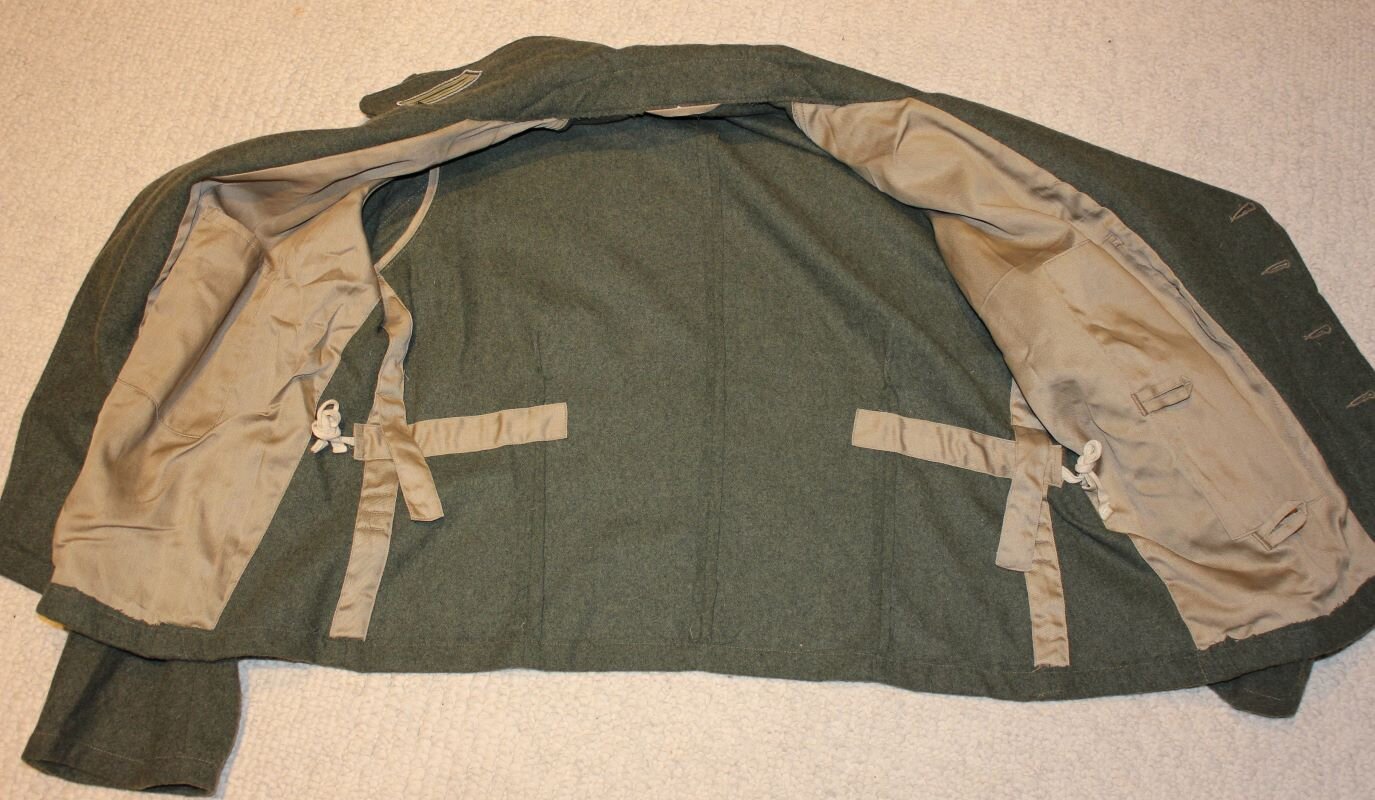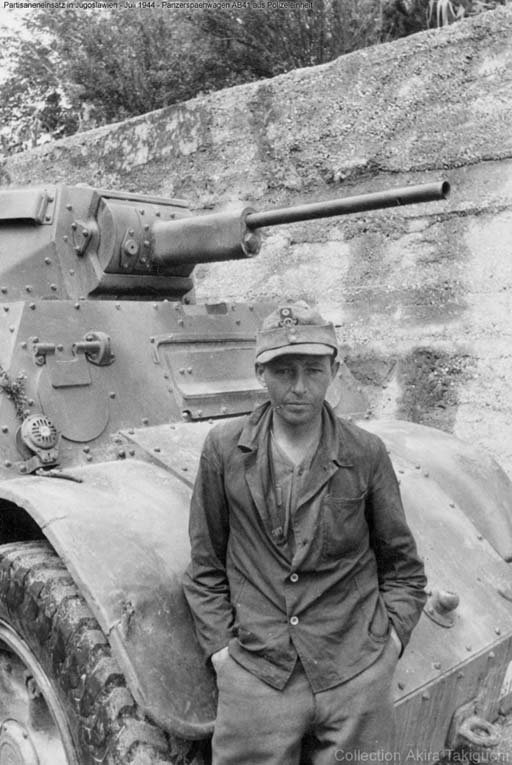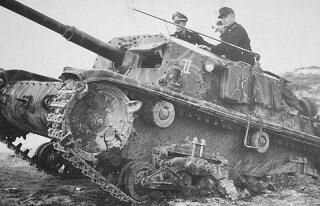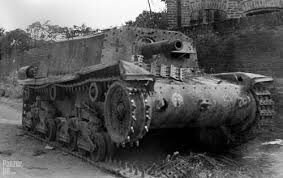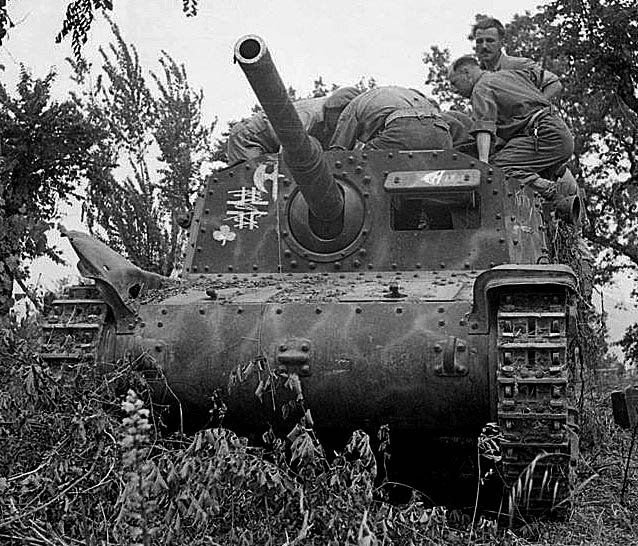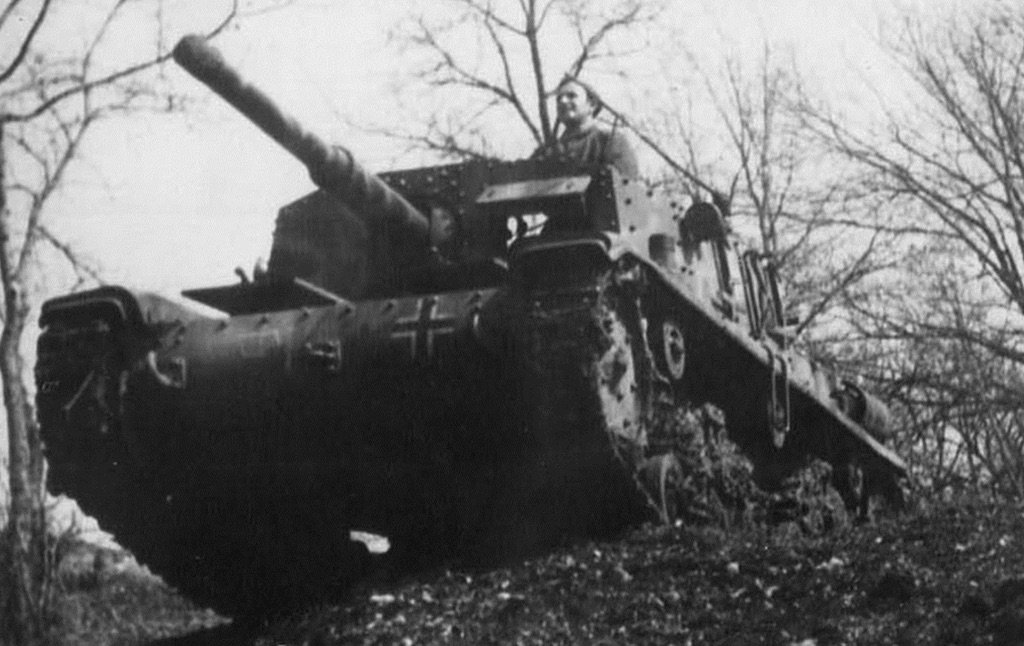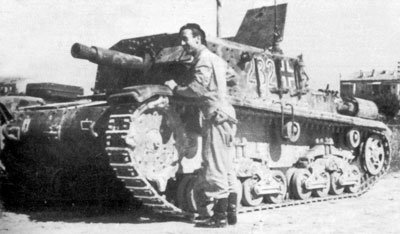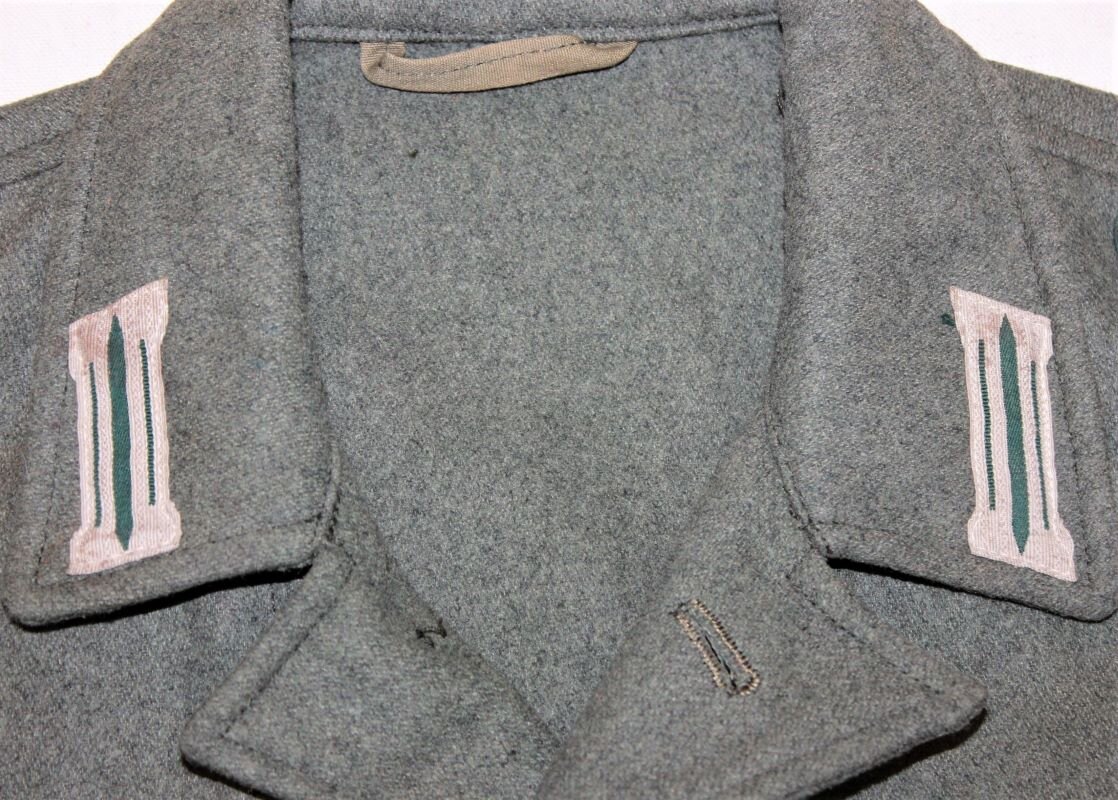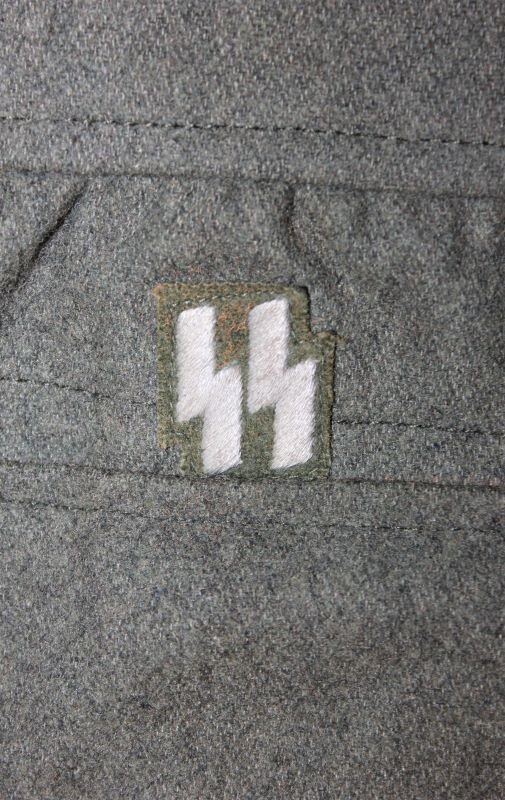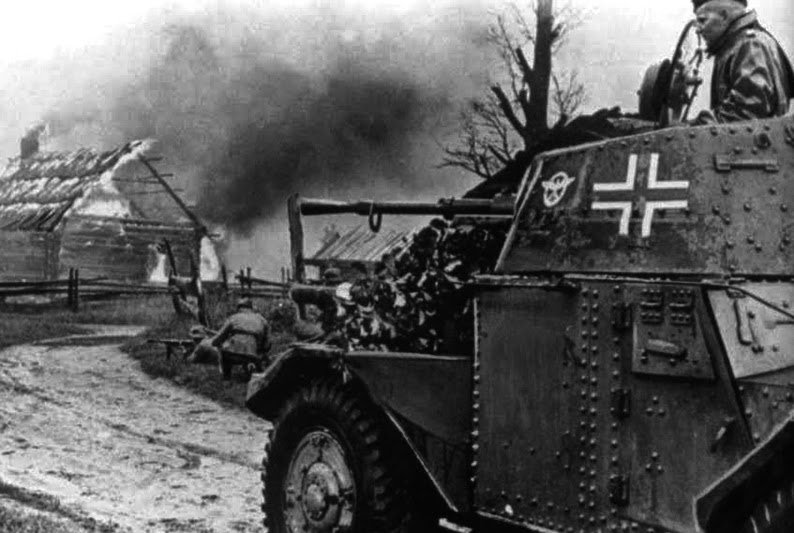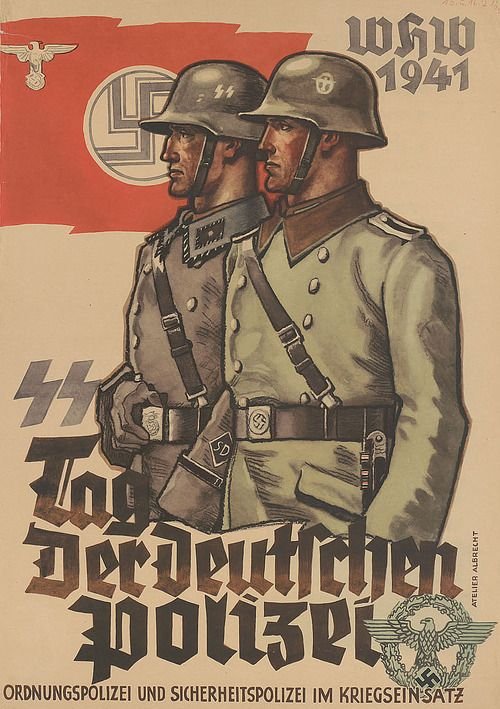Schutzpolizei:
“New Pictures” Shutzpolizei Watchtmeister, Panzer Abttilung:
The Protection Police (Schutzpolizei) was a branch of the Order Police (Ordungspolizei-ORPO) that was responsible for regular Police duties within municipal cities and townships with populations greater than 2,000 persons. Before 1934, the Protection Police were organized as separate authorities in each land or State within Weimar Germany.
In January 1934, the National Socialist movement began to unify all police authorities in Germany by placing them under direct national (Reich) control. Adolf Hitler appointed Heinrich Himmler as the Commander-in-Chief of all Police organizations in Germany. Thus began the association and close working relationship of the German Order Police and Schutzstaffel.
As a distinct police group, the Protection Police were responsible for regular police duties as one might be accustomed to in modern society. This included general criminal investigations, traffic control, fighting street crime, and a host of other duties typical of most police officers. Within the larger Order Polize structure, various police duties were typically broken down into special units that were responsible for carrying out these activities. Police units were generally housed in barracks and trained as military personnel, as well as following standard police protocol.
The Police Battalions consisted of approximately 500 men with light infantry weapons. The battalions were originally numbered in series from 1 to 325, but in February 1943 were renamed and renumbered from 1 to 37 to distinguish them from Schutzmannschaft, auxiliary police battalions that were recruited from the local population of the German-occupied areas.
The Police Battalions were organized and administratively under Chief of Police Kurt Daluge, but operationally, they were under the authority of Regional SS-und Polizeiführer (SS-Police Leaders), who reported to a separate chain of command, bypassing Daluge, directly to Reichsführer-SS Heinrich Himmler. While these units were similar to Waffen-SS divisions, they were not part of the Waffen-SS per se, and should not be confused with the 4th SS-Polizei Division.
As the duties of the Police Battalions in the occupied territories became more and more militarized, so did the police, and they brought in captured enemy armored vehicles to use in supporting operations. The uniform here has been seen in service with German and acquired captured armored cars, Italian, French, and Russian equipment.
The Schupopanzer soldiers who were assigned to “Tanks” adopted the special black-wrap uniform with the Schupo insignia applied to it, while those assigned to Self-propelled “Assault Guns” were issued the field-gray armored vehicle uniform.
This Wachtmeister has displayed leadership in combat, winning the Iron Cross 2nd Class. The Panzer Action Badge in Silver indicates at least 3 combat days, Schupo members being qualified for military combat awards. His ribbon bar shows the War Merit Cross with Swords, the Police version of the Long Service award, and the West Wall Medal, probably for actions before the Battle for France. Wth this uniform, he wore standard panzer black trousers, boots, a service shirt with a tie, and a cap with police insignia on it.
*“Updated Pictures” Wachtmeister 15, Polizei-Panzer-Kompanie:
Formed in Italy in July 1944. Polizei Panzer Kompanie’s II and III Platoons or Zugs were armed with 8 Italian StuH 42 (Self-Propelled Artillery or Sturmgeschutz-type weapons). Assigned to battle the ever-increasing partisan groups in Northern Italy, the Kompanie began to resemble a front-line veteran unit in the mountainous areas.
The Protection Police (Schutzpolizei) was a branch of the Order Police (Ordnungspolizei) responsible for regular police duties within municipal cities and townships with populations exceeding 2,000 persons. Before 1934, the Protection Police were organized as separate authorities in each land or state within Weimar Germany. In January 1934, the National Socialist Zionist Government began its reorganization of all the police authorities in Germany by placing them under direct national (Reich) control. Heinrich Himmler was appointed by Adolf Hitler to be the commander-in-chief of all police organizations in Germany. Thus began the association and close working relationship between the German Order of Police and the Schulzstaffeln-SS.
As a distinct police group, the Protection Police were responsible for regular police duties, as one may be accustomed to in modern society. This included general criminal investigations, traffic control, fighting street and petty crimes, and a host of other duties typical of being a police officer. Within the larger ‘Order Police Structure’, various police duties were typically broken down into special units that were responsible for carrying out these activities. Police units were generally housed in barracks and trained as military personnel, as well as in standard police protocol. The Police Battalions consisted of approximately 500 men armed with light infantry weapons.
The battalions were originally numbered in a series from 1 to 325. But in February 1943, they were renamed and renumbered from 1 to 37 to distinguish them from Schutzmannschaft, Auxiliary police battalions recruited from the local population in Occupied Areas. The Police Battalions were organizationally and administratively under Chief of Police Kurt Daluege, but operationally they were under the authority of the regional SS und Polizeifuhrer (SS and Police Leaders) who reported up the separate chains of command, by-passing Daluege, directly reporting to the Reichsführer-SS Heinrich Himmler. While these units were similar to Waffen-SS divisions, they were not part of the Waffen-SS and should not be confused with the 4th SS Polizei Division.
*I could not find the M43 hat, which was with the jacket originally, so I used this extra overseas cap for now.
Unterwachtmeister, Schutzpolizei des Reiches:
Reichsführer-SS Heinrich Himmler, the Chef der Deutschen Polizei im Reichsministerium des Innern (Chief of the German Police in the National Ministry of the Interior), controled all police agencies within Germany. This overarching control led to a restructuring of all the separate German State Polizei into a single national Polizei force in 1936.
A part of the restructuring was uniformity in dress for all Polizei with the institution of one new green uniform replacing the previous blue version. Different Polizei agencies were identified by specific Truppenfarbe, much like Waffenfarbe. In the case of the Schutzpolizei des Reiches or National Protection Police, this was grün.
Polizei officers holding the rank of Polizei-Leutnant to Generaloberst der Polizei were responsible for purchasing their uniforms and could purchase them through the SS-Kleiderkasse, or clothing account system, which was originally established in Munich in 1935.
Officers were allotted a one-time clothing allowance from the government, with the amount varying depending on the individual’s rank. Officers of the lowest rank of Polizei Unterwachtmeister to Polizei-Obermeister were issued their uniform, although they could also choose to purchase privately tailored garments of higher quality. Still, the price may have been restrictive.
With the issue of the very popular Feldbluse Model 1944 to the military, the Polizei also began limited field use. Eventually, the Feldbluse was produced in the Polizei shade of grün, as shown on Einheitsfeldmütz; however, existing SS stocks probably found their way onto new Unterwachtmeister. I show an optional Winter-Modified M43 cap that just needed a home. The SS runic patch below the pocket shows he is a German serving with foreign volunteers, perhaps in Poland.













